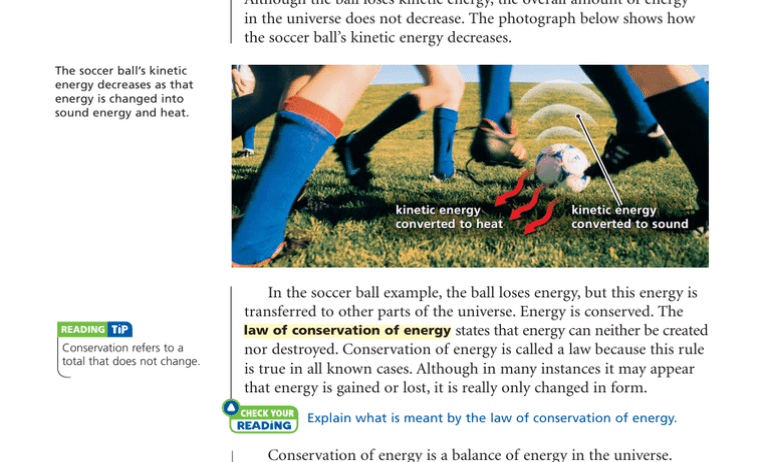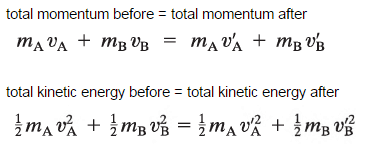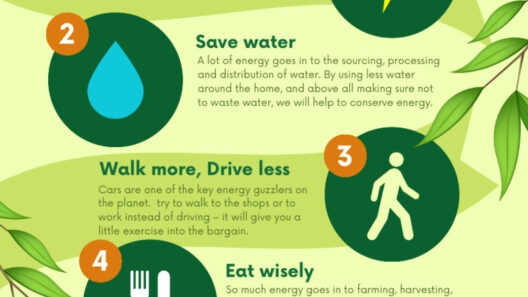Energy conservation is a fundamental principle that permeates various systems throughout the natural and human-made world. Understanding how energy is conserved is critical for addressing real-world concerns such as resource depletion, environmental degradation, and the implications of climate change. This exploration will delve into different systems where energy conservation plays a vital role, highlighting mechanisms that facilitate its preservation and the broader impacts on sustainability.
Energy conservation operates under the law of thermodynamics, specifically the first law, which posits that energy cannot be created or destroyed but can only change forms. This phenomenon is evident across various sectors, including mechanical systems, biological ecosystems, and technological frameworks.
The Mechanics of Energy Conservation in Physical Systems
In the realm of physics, many systems exemplify the elegance of energy conservation through the meticulous transformation of energy forms. Take, for instance, mechanical systems, where kinetic energy is consistently transformed into potential energy and vice versa. A classic illustration is the swinging of a pendulum. At the highest point, kinetic energy is at its minimum while potential energy is maximized. As the pendulum swings down, potential energy converts into kinetic energy, reaching its peak at the lowest point before the cycle repeats. This conversion process underscores a fundamental truth: energy within a closed system is preserved even as its form changes.
In another context, consider renewable energy systems such as wind turbines or solar panels. Turbines harness kinetic energy from wind, converting it into mechanical energy, then into electrical energy for use. Solar panels do the opposite, taking in solar radiation and converting it directly into electrical energy. Both systems embody the principles of energy conservation by effectively using available natural resources without depleting them, thus preserving energy within the larger ecological system.
Biological Ecosystems and Natural Energy Cycles
Energy conservation is not limited to mechanical systems but is vital in biological ecosystems. Here, energy flows through a series of trophic levels, illustrating the dynamic interplay between producers, consumers, and decomposers. Photosynthesis in plants exemplifies energy capture; plants convert sunlight into chemical energy stored in glucose, which serves as a vital energy resource for herbivores and subsequently, carnivores. This process not only conserves solar energy but also, through natural food webs, ensures that energy is preserved within the ecosystem.
Decomposers play a significant role in reusing energy within ecosystems. By breaking down organic matter, they convert it back into usable forms of energy, which perpetuates the cycle of life. The conservation occurring within these biological systems highlights the interconnectedness of species and the importance of maintaining biodiversity to ensure ongoing energy preservation.
Human-Centric Energy Conservation: Technology and Innovation
As our understanding of energy conservation has evolved, so too has our technological response to energy consumption challenges. The integration of smart technology into our homes and industries is a prime example of how innovation can enhance energy conservation efforts. Smart thermostats, for instance, optimize heating and cooling systems by learning user preferences and adjusting energy use accordingly. This technology not only conserves energy but also significantly reduces household carbon footprints, addressing climate change concerns in an accessible manner.
In the industrial sector, energy management systems have emerged as essential tools to promote sustainable practices. These systems monitor energy use with precision, enabling industries to identify inefficiencies and implement corrective measures. By prioritizing energy conservation, companies can minimize waste and, concurrently, operational costs while contributing to global sustainability goals.
Moreover, the concept of circular economy embodies the essence of energy conservation in the manufacturing sector. Instead of a linear model of production and disposal, the circular approach seeks to extend the lifecycle of products through processes like recycling and upcycling. This shift not only conserves the energy used in creating new materials but also lessens the environmental impact associated with waste, thereby closing the loop on resource use.
Addressing Key Buyer Concerns: The Value of Energy Conservation
The imperative of energy conservation extends beyond environmental and ecological interests; it speaks directly to consumer concerns regarding cost and efficiency. As global energy prices fluctuate, the need for cost-effective solutions becomes paramount. Investing in energy-conserving technologies can reduce utility bills significantly, providing direct financial benefits to consumers.
Furthermore, with a climate-conscious consumer base emerging, businesses emphasizing energy conservation can attract customers who prioritize sustainability in their purchasing decisions. Investing in energy-efficient products and services not only satisfies this burgeoning demographic but also fosters a brand reputation rooted in social responsibility.
To conclude, energy conservation manifests intricately across a multitude of systems, from the physical sciences to biological ecosystems and human innovation. Understanding and embracing energy preservation mechanisms is no longer an option; it is a necessity in fostering sustainable practices that ensure both economic and ecological resilience. As individuals and organizations alike grapple with the growing urgency of climate action, the concerted effort towards energy conservation remains an essential pillar of our collective future.







